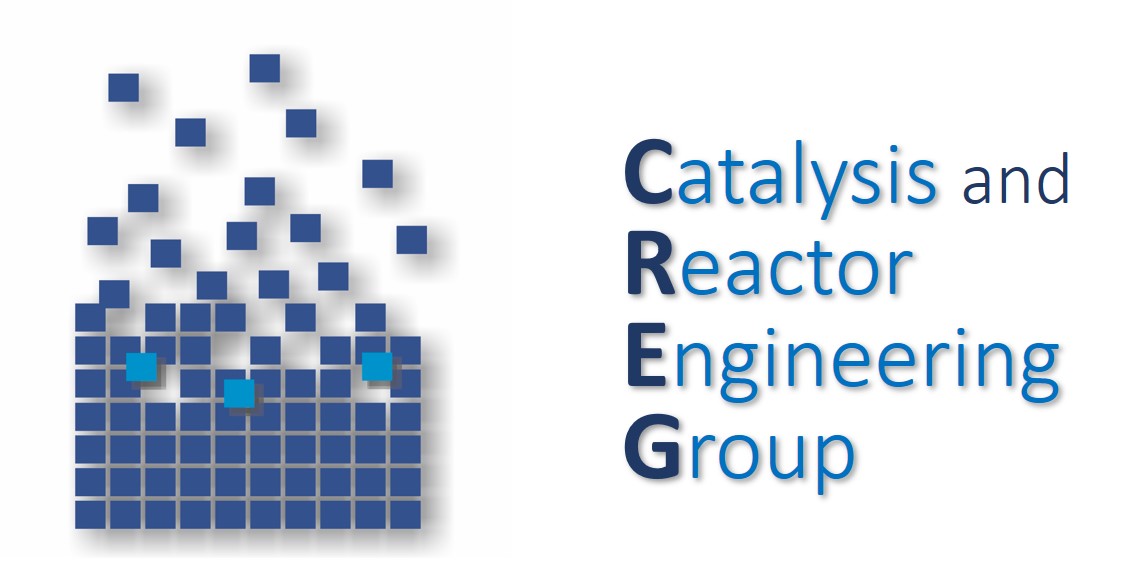
Teléfono: +876555168
Email: dzambrano@unizar.es
Dirección: Oficina CB 1-0-4 c/María de Luna 3, Edificio Torres Quevedo, 50018, Zaragoza (España)
Sideral: Ver el perfil (CV)
SOBRE MÍ
Daniel Zambrano Juca es un dedicado investigador en Ingeniería Química. Posee una Licenciatura en Ingeniería Química (2006), una Maestría en Ingeniería Ambiental (2013) y un Doctorado en Ciencias - Programa de Ingeniería Química (2020).
En la actualidad, ocupa un cargo en el Departamento de Ingeniería Química de la Universidad de Zaragoza bajo la beca Margarita Salas. Es un miembro activo del Grupo de Ingeniería de Catálisis y Reactores (CREG). En su rol actual, está profundamente involucrado en actividades de investigación, especializándose en el modelado y simulación de reactores de lecho fluidizado convencionales y no convencionales, así como en el modelado y simulación de procesos de bucle químico.
Orcid: https://orcid.org/0000-0003-0516-2036
Scopus: https://www.scopus.com/authid/detail.uri?authorId=57207777804
PUBLICACIONES
2020
Zambrano, D.; Soler, J.; Herguido, J.; Menéndez, M.
Conventional and improved fluidized bed reactors for dry reforming of methane: Mathematical models Artículo de revista
En: Chemical Engineering Journal, vol. 393, 2020, ISSN: 13858947.
@article{Zambrano2020,
title = {Conventional and improved fluidized bed reactors for dry reforming of methane: Mathematical models},
author = {D. Zambrano and J. Soler and J. Herguido and M. Menéndez},
doi = {10.1016/j.cej.2020.124775},
issn = {13858947},
year = {2020},
date = {2020-01-01},
journal = {Chemical Engineering Journal},
volume = {393},
abstract = {© 2020 Elsevier B.V. Dry reforming of methane is a potentially useful reaction, but has some drawbacks: catalyst deactivation by coke and yield limited by thermodynamic equilibrium. New improved fluidized bed reactors may compensate these disadvantages. Mathematical models for the dry reforming of methane in three types of fluidized bed reactors have been developed. These reactors include: a) conventional fluidized bed reactor, b) two zone fluidized bed reactor, which provides simultaneous reaction and catalyst regeneration in a single fluidized bed, and c) two-zone fluidized bed reactor with hydrogen selective membranes, which in addition to the previous one provides increased yield to hydrogen, because the selective removal of hydrogen through the membrane. The situations where these reactors counteract the two main drawbacks of dry reforming of methane are shown. Comparison with previous experimental results shows that the models predict well the effect of operating conditions.},
keywords = {},
pubstate = {published},
tppubtype = {article}
}
2019
Zambrano, Daniel; Soler, Jaime; Herguido, Javier; Menéndez, Miguel
Kinetic Study of Dry Reforming of Methane Over Ni–Ce/Al2O3 Catalyst with Deactivation Artículo de revista
En: Topics in Catalysis, vol. 62, iss. 5-6, pp. 456-466, 2019, ISSN: 10225528.
@article{Zambrano2019,
title = {Kinetic Study of Dry Reforming of Methane Over Ni–Ce/Al2O3 Catalyst with Deactivation},
author = {Daniel Zambrano and Jaime Soler and Javier Herguido and Miguel Menéndez},
url = {http://dx.doi.org/10.1007/s11244-019-01157-2},
doi = {10.1007/s11244-019-01157-2},
issn = {10225528},
year = {2019},
date = {2019-01-01},
journal = {Topics in Catalysis},
volume = {62},
issue = {5-6},
pages = {456-466},
publisher = {Springer US},
keywords = {},
pubstate = {published},
tppubtype = {article}
}
Asensi, E.; Zambrano, D.; Alemany, E.; Aguado, D.
Effect of the addition of precipitated ferric chloride on the morphology and settling characteristics of activated sludge flocs Artículo de revista
En: Separation and Purification Technology, vol. 227, pp. 115711, 2019, ISSN: 1383-5866.
@article{Asensi2019,
title = {Effect of the addition of precipitated ferric chloride on the morphology and settling characteristics of activated sludge flocs},
author = {E. Asensi and D. Zambrano and E. Alemany and D. Aguado},
doi = {10.1016/J.SEPPUR.2019.115711},
issn = {1383-5866},
year = {2019},
date = {2019-01-01},
journal = {Separation and Purification Technology},
volume = {227},
pages = {115711},
publisher = {Elsevier},
abstract = {The activated sludge process is the most widely used biological wastewater treatment process. For a successful operation of this aerobic suspended growth process, the microorganisms must aggregate to form flocs that settle in the secondary settler. Poor plant operation or the increasingly stringent effluent quality requirements may lead in existing WWTPs to a failure to meet the effluent discharge legal requirements. A technically viable solution to this problem is to improve the suspended solid removal at the secondary settler. A low-cost option for short periods (eg., disturbances or emergency situations) would be to improve the settling properties of the sludge, via the addition of coagulants or ballasted sedimentation. The solid-liquid separation in the secondary settler is affected by the density, size and other characteristics of the flocs. For this reason, in this work, a fully automatic toolbox for recognizing activated sludge flocs and performing their morphological characterization based on digital image analysis and statistical processing was developed. This characterization included the determination of the equivalent diameter of the flocs, their area, perimeter, length and width, radius of gyration, reduced gyration radius, aspect ratio, form factor, roundness and fractal dimensions. The toolbox was used to characterize the activated sludge flocs from a full-scale urban WWTP, as well as the observed changes in their characteristics due to the addition of a dose of precipitated ferric chloride. A new methodology based on geometric properties (aspect ratio and floc size distribution) is proposed to discriminate the debris from small activated sludge flocs. The addition of the precipitate and the subsequent flocculation process produced larger flocs with more area and less perimeter, that is, larger, more compact, closed and regular flocs. The size and density of the flocs, as well as the hindered settling velocity, linearly increased with the addition of precipitated ferric chloride. Partial least squares (PLS) regression of all collected data revealed that the volumetric fraction of the sludge, the suspended solid concentration and the fractal dimension that relates area – perimeter were the variables most correlated with the hindered settling velocity.},
keywords = {},
pubstate = {published},
tppubtype = {article}
}

